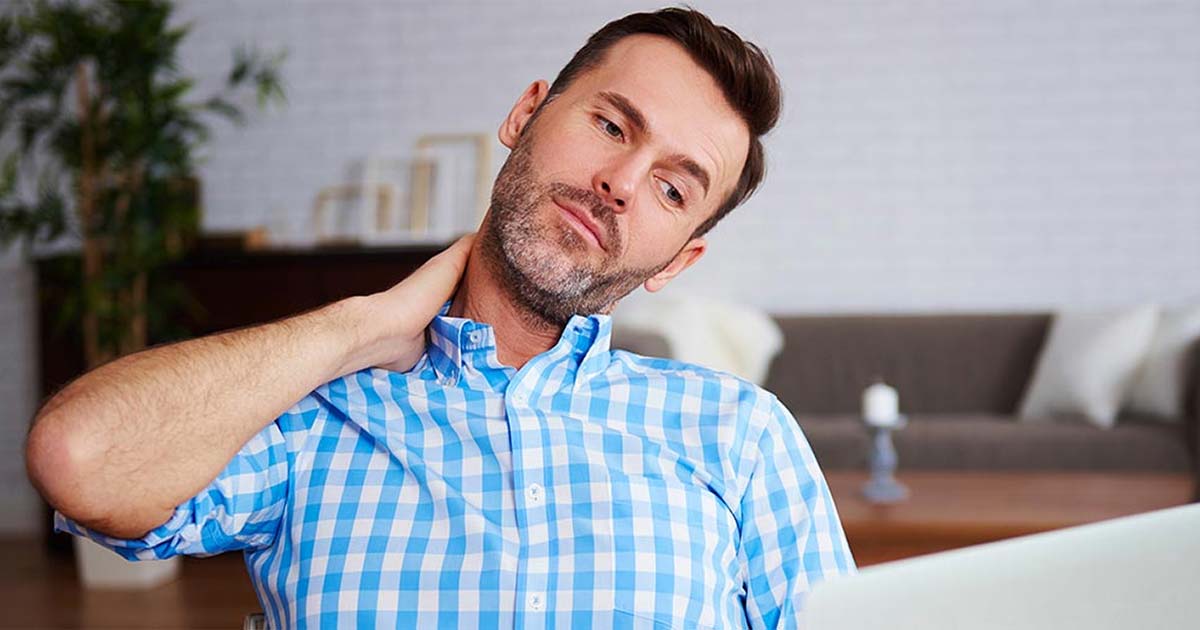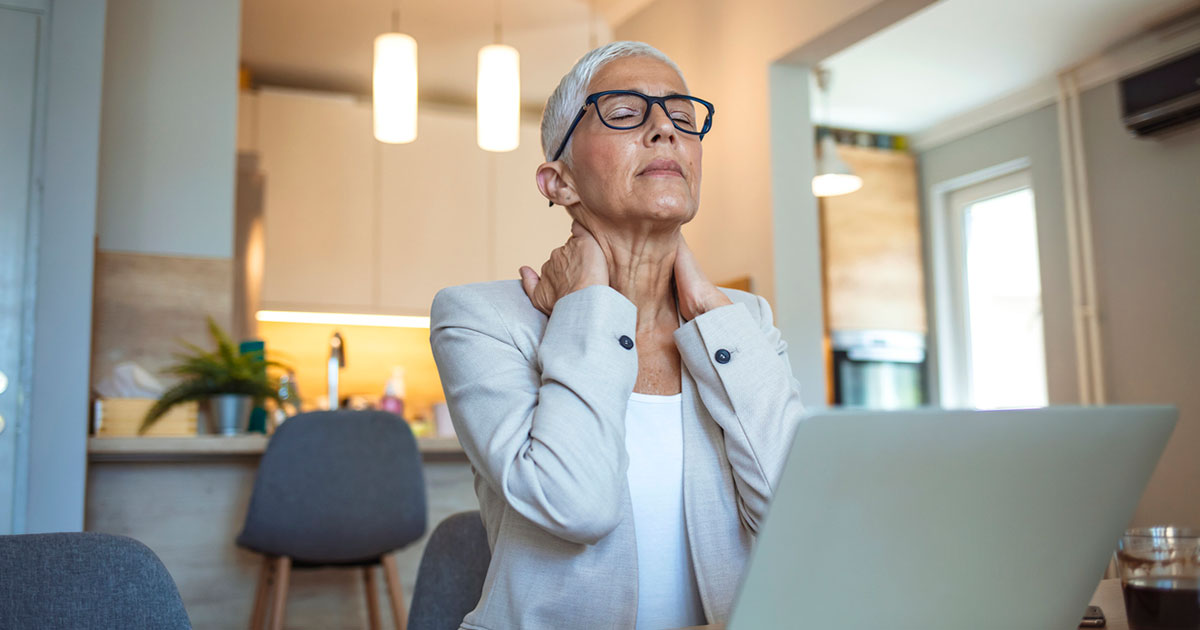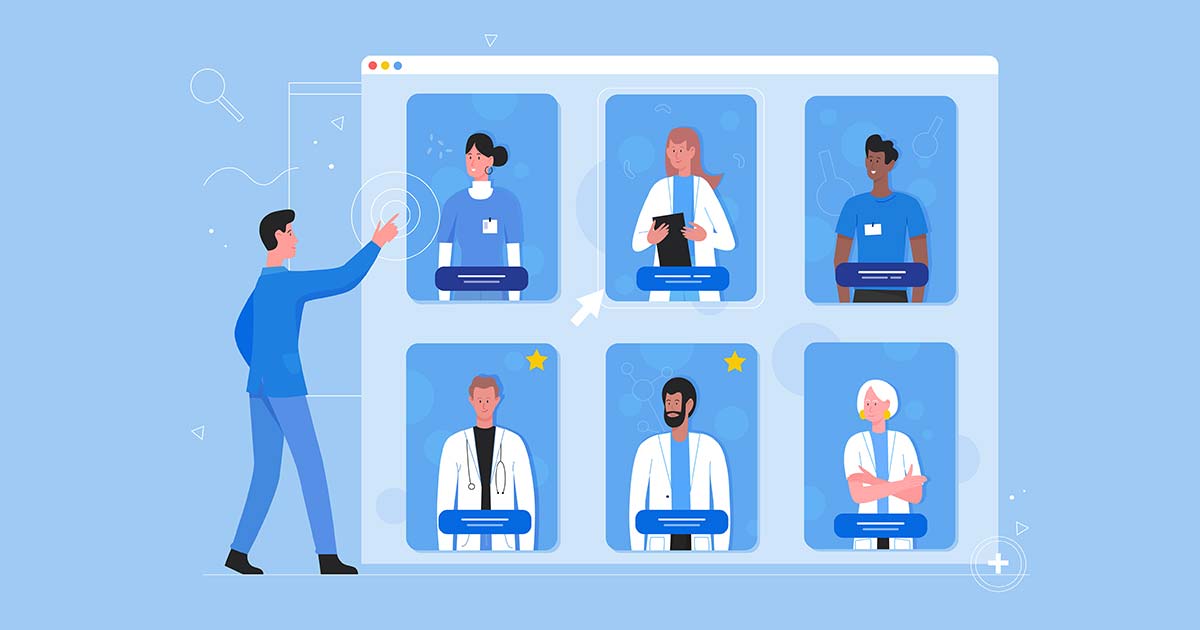Exercises to Ease Arthritis of the Spine, from a PT
Advice to improve your movement, fitness, and overall health from the world's #1 in orthopedics.
Does your back feel stiff when you wake up in the morning? Do you feel a dull ache in your lower back when you stand up after sitting for a long time? In either case, the cause could be spine osteoarthritis, an inflammation of the joints located in your lower back.

Also called spondylosis, spine osteoarthritis happens as the cushion (called spinal discs) between the bones in your back wears out. In the most severe cases, people may experience bone-on-bone pain.
“Most often, spine osteoarthritis develops gradually over time. Some days are better; others are worse,” says Zachary Rogers, PT, DPT, OCS, CSCS, a physical therapist at HSS. “But it will keep getting worse and limit your quality of life if you don’t do something about it.”
6 Moves to Relieve Pain from Spine Osteoarthritis
The safest way to prevent and combat spine osteoarthritis is to incorporate regular movement into your life. “As one of my colleagues likes to say, motion is lotion,” Rogers says. These six exercises can help to stretch your lower back and the surrounding muscles, including your hamstrings and hip flexors. Some of these osteoarthritis back exercises can also help to strengthen the abdominal muscles.
If you haven’t exercised in a while, you may feel a bit sore and achy after performing these exercises, which is normal. “But if you experience any sharp, stabbing pain or a high level of discomfort, you should stop exercising,” Rogers says.
A few other ways to keep spine osteoarthritis at bay: “Maintain a healthy weight, practice good posture while sitting, and bend your knees when picking up items off the floor or lifting packages from your front stoop,” Rogers says.
Lower trunk rotations
This exercise helps improve lower back mobility by relieving stress on your muscles and joints.
- Lie on your back with your feet flat on the floor and knees bent.
- Keeping your knees and feet together, gently rotate them to the right side.
- Bring your knees back to the center, then gently rotate them to the left side.
- The goal is to maintain a slow, fluid motion from right, back to center, to left, and back to center again.
- Perform 10 repetitions on each side two to three times daily.
Double knees to chest
This exercise stretches your lower back muscles and opens the joints.
- Lie on your back with your feet flat on the floor and your knees bent.
- Put your hands under your knees.
- Pull your knees toward your chest while leaving your head and back flat.
- Hold for about 20 to 30 seconds.
- Perform two to three repetitions once daily.
Single knee to chest
This is an alternative exercise for people who cannot hold both knees at once. “You can also alternate double-knee and single-knee exercises during your routine,” Rogers says.
- Lie on your back with your feet flat on the floor and your knees bent.
- Put one hand under your left knee.
- Pull your left knee toward your chest while leaving your head and back flat.
- Hold for about 20 to 30 seconds.
- Put one hand under your right knee and repeat the exercise.
- Perform two to three repetitions once daily.
Supine hip flexor stretch
This exercise loosens your hip flexors (a group of muscles that run along the front of your upper thigh), easing stress on your spine.
- Lie on a bed along the right side. Your whole body should be on the bed.
- Gently move your right leg off the side of the bed so you feel a good stretch in the front of your hip.
- Let your right leg hang off the bed for 20 to 30 seconds.
- Switch sides so your left leg hangs off the left side of the bed and complete another repetition.
- Perform two to three repetitions on each side once daily.
Hamstring stretch
This exercise stretches the hamstring muscles that run along the back of your thigh, helping you gain flexibility.
- Lie on your back while holding a strap that’s wrapped around the bottom of your right foot.
- Using the strap for support and pulling with your hands, elevate your right leg until you feel a gentle stretch at the back of your knee and thigh.
- Hold for up to 30 seconds, then slowly lower your leg.
- Repeat the exercise with your left leg.
- Perform three repetitions on each side once daily.
Abdominal strengthening
This exercise improves your body’s ability to contract and control your abdominal muscles, increasing support for your spine.
- Lie on your back while keeping your spine and pelvis in a neutral position.
- Bend your knees.
- Tighten your lower abdominal muscles by pulling in your belly button toward the spine without holding your breath.
- Breathe evenly while maintaining the abdominal contraction, holding for 10 seconds.
- Perform two to three sets of 10 repetitions once daily.
When to See a Doctor for Spine Osteoarthritis
If your lower back pain lasts for two weeks and doesn’t improve with rest, stretching exercises, heat or ice, Rogers recommends seeing a healthcare professional. A physical therapist will perform a physical examination, then work with you to develop a personalized exercise program designed to fit your unique needs and condition.
For people who are in more serious pain—or for those who don’t get relief from physical therapy—seeing a primary care provider or physiatrist is a wise next step. These specialists can order imaging tests (typically an X-ray or MRI) to identify the specific areas of the spine that are most affected.
“Your doctor will use those images and take into account your current activity limitations as a guideline to determine the severity of your spinal osteoarthritis—mild, moderate or severe—and develop a treatment plan based on that information,” Rogers says. The good news: Surgery is seldom needed to treat spine osteoarthritis.
Published 8/15/2024




